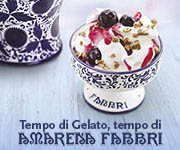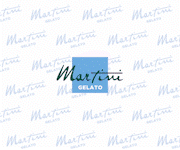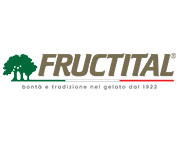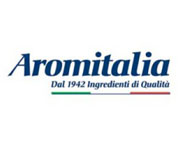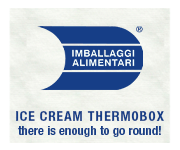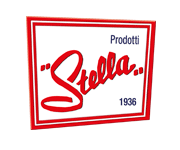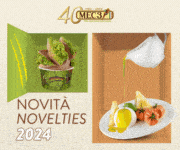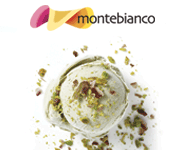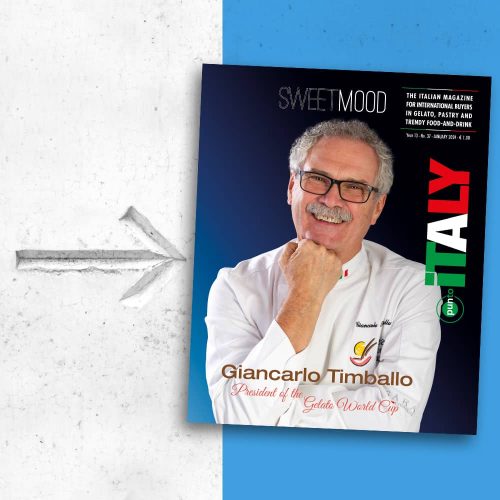Rediscovering time
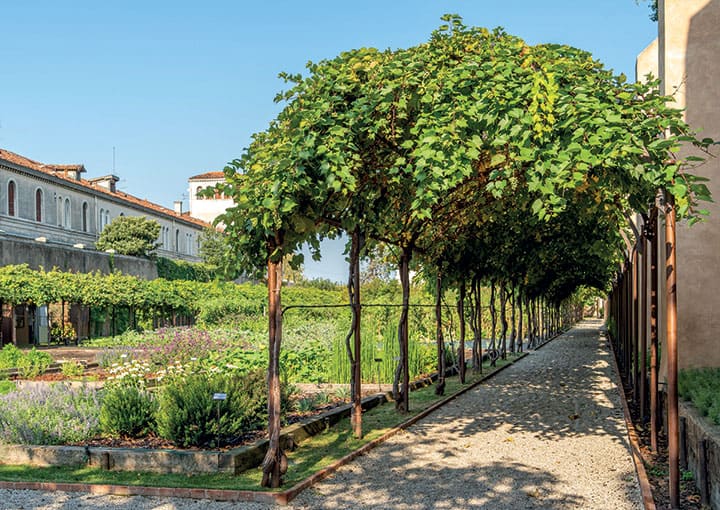
Venice is a dream, an unforgettable memory. As the Venetian composer Luigi Nono wrote, “in Venice you learn to see the invisible and hear the inaudible. Stones, bricks, darkness, water, light: things speak to us.” In “la Serenissima” (the Most Serene Republic), modernity is practically inexistent, and the past is the present. And in Venice’s past, vineyards and wine played an important role. According to an old Venetian saying, in the lagoon “no garden exists without Marzemina, Recaldina or Rabosa.” Grapevines were cultivated everywhere. This can still be proven today thanks to some toponyms painted on the walls to indicate the names of streets, squares and sotoportegos. One example is Malvasia, a toponym which baptizes the streets where the sweet wine was once successfully sold.
It may surprise you to discover that some vineyards still exist in Venice, such as the pergola at the Corte Sconta tavern (which literally translates as “hidden courtyard”), just as few steps away from the Arsenal, or the Discalced Carmelites’ garden, a mystical place close to the Santa Lucia train station.
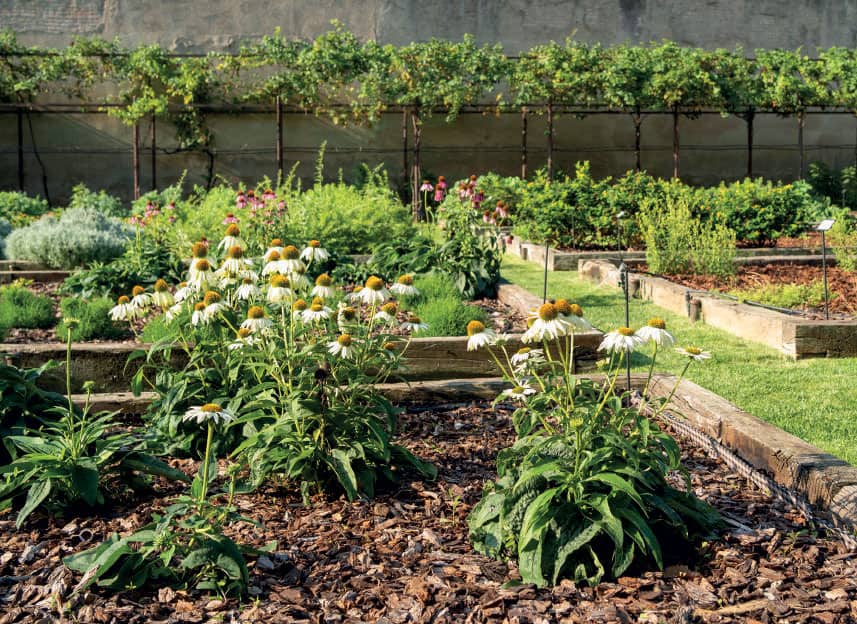
The history of wine
Venice, the queen of trade for a long time, imported Malvasia from Peloponnese during the fifteenth century, and it was a wine that contributed to the financial riches of Venetian merchants and innkeepers. It quickly became one of the most requested varieties throughout Europe. “La Serenissima” was successful in transforming wine into an object of worship, a trend, a medicine for the body and the soul; all this in a Europe that was afflicted by the plague.
Malvasia’s success laid the foundation for creating wine culture. Wines were no longer distinguished only by their colour or their variety, but most importantly by where they were cultivated. It was a true marketing operation that allowed for high prices. Sweet wines such as Malvasia or Vin Santo thus became luxury goods. At the same time, the city of Doges was able to make Marzamino well known, a wine that testifies the trend of producing robust and high-alcohol-content wines, which were more favourable for transportation and storage. The success among Venetian aristocracy is proven by Mozart who, in Don Giovanni, cites it as a much appreciated and sought-after wine.
The mystic garden
A stone’s throw from the Santa Lucia train station stands the Saint Mary of Nazareth Church with the adjoining Discalced Carmelites’ Convent. The Scalzi’s Garden of Wonders overlooks the Grand Canal and houses a vegetable garden, an orchard, and an area where medicinal herbs are cultivated along with about twenty different varieties of grapevines recovered from the lagoon area to protect the biodiversity of Venice. The garden is divided into seven flowerbeds, each representing one of the seven mansions of the Interior Castel of Saint Teresa of Avila. Each flowerbed recalls a mystic theme. The grassy meadow is associated with the fullness of life. The simple garden, where the medicinal herbs are cultivated, is connected to the mystic meaning of the purification of love. The vegetable garden, in the third flowerbed, expresses the synergy between humans and nature. In contrast, the vineyard recalls sacramental wine, reminding us of the white wine that transforms into blood. It represents the evangelical image of the communion of life between Jesus as the vine and the disciples as the branches. The orchard demonstrates the generosity of the earth. In the last two flowerbeds, the olive grove recalls the friendship between Jesus and the apostles and with all humans, whereas the grove with trees that recall the Passion of Christ alludes to the invitation to enter the interior castle of your own existence.

An important project
The Mystical Garden’s restoration project has been supported by the University of Padova, the University of Milan and the Venice Wine Consortium since 2015, and it has contributed to the rediscovery of local wine cultivation. To achieve such excellent results, many different explorations and analyses were carried out before being able to plant ancient indigenous varieties in the vegetable garden. All of this has allowed for the production of fifteen thousand bottles with the Venezia DOC classification. Ad Mensam is a white wine, obtained from a selection of sixteen varieties that retrace the history of Venice; Prandium is a red white, whose blend iscomposed mainly of Raboso, Marzemino, Regatino and Turchetta varieties.
The “bacari” heritage
The birth of “bacari” testifies the waning of the Levantine market, which was quickly replaced by the production of Italian wine. Pantaleo Fabiani, a producer from Puglia, opened the first wine retail with wines coming from Trani. The establishment’s success attracted various producers from Puglia, and it instituted the figure of the innkeeper-producer-entrepreneur. This new reality imposed the creation of an original name for serving wine. Leg end has it that a gondolier, after drinking wine from Trani, exclaimed: “Bon! Bon! This is truly a wine… a wine of a bàcaro!” “Bacara” in Venetian dialect refers to companions who make a racket. Indeed “bacari” spread throughout overpopulated districts of the working class, where people lived in the common areas and the streets to escape the tight spaces of their private homes. Especially when the weather was nice, the streets became noisy, filled with chairs where women flirted and street vendors sold their products. These activities centred around the “bacari” where you could eat, discuss and, most importantly, drink.
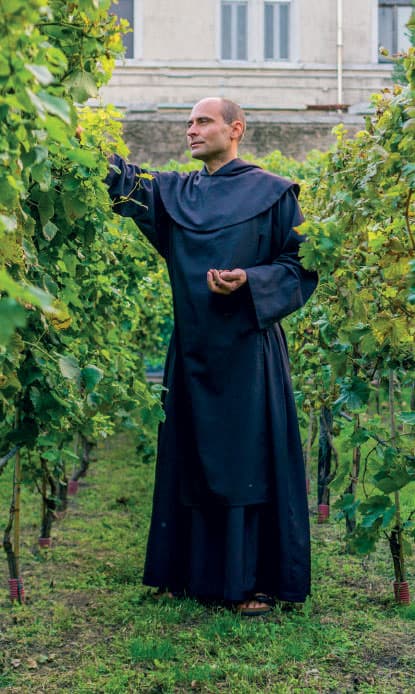
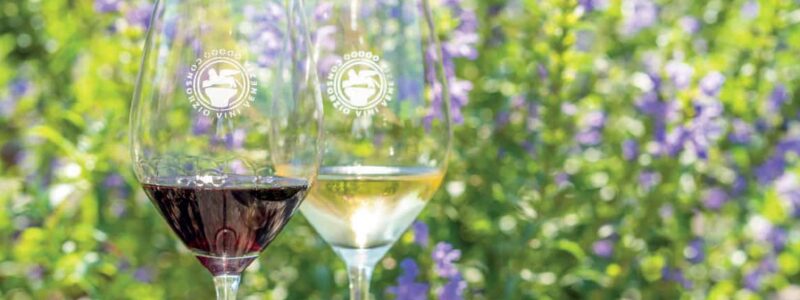
Venice Wine Consortium
The Venice Wine Consortium was born in September 2011 thanks to the union of the historic DOC-conservation consortiums, Lison-Pramaggiore and Vini del Piave DOC. The current consortium contains five classifications: Venezia DOC, Lison-Pramaggiore DOC, and Piave DOC along with two DOCG classifications, Lison and Malanotte del Piave.
The shadow
In the past, wine was not bottled but was sold on tap. One would drink “l’ombra” which literally translates into “a shadow”: an expression that would soon become a unit of measurement. “Un’ombra de vin” (that is, “one shadow of wine”) refers to one eighth of a litre, the same amount as a glass. Regarding the origin of this name, there are many different schools of thought. The most accredited one describes an ancient Venetian custom, that is, in San Marco square, the taverns would place their tables in the shade of the bell tower, moving them as the sun did ensuring that they were always in the shade. The saying became “andiamo a bere all’ombra” (let’s go grab a drink in the shade) which transformed into “andiamo a bere un’ombra” (let’s go drink a shadow).
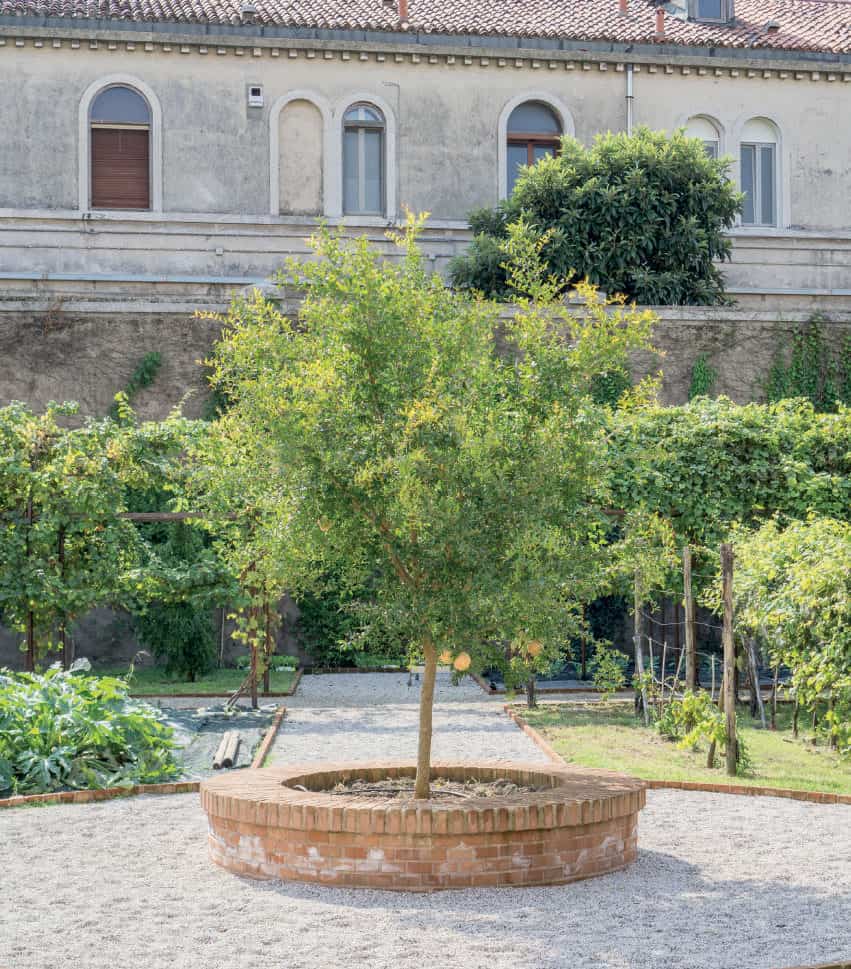
Recent Blog Posts
 Medac and AIFA: Hip hip hooray for Charles!
Medac and AIFA: Hip hip hooray for Charles! Sigep 2024 - Carpigiani’s special events with a look at the “green” future of Gelato and pastry
Sigep 2024 - Carpigiani’s special events with a look at the “green” future of Gelato and pastry Maurizio Manzi, as Ambassador for AIG, at the Melbourne Italian Festa
Maurizio Manzi, as Ambassador for AIG, at the Melbourne Italian Festa Medac awarded with the EcoVadis gold medal
Medac awarded with the EcoVadis gold medal MIG Longarone and SIRHA Budapest: a new dynamic space for italian gelato
MIG Longarone and SIRHA Budapest: a new dynamic space for italian gelato Medac supports Alice Italian Food Academy
Medac supports Alice Italian Food Academy The Gelatissimo 2024 online ticket office is officially open.
The Gelatissimo 2024 online ticket office is officially open. Casa Optima Group looks for two exclusive agents
Casa Optima Group looks for two exclusive agents Gelatissimo 2024: here the first information
Gelatissimo 2024: here the first information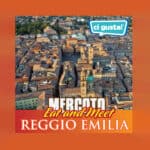 Ci Gusta opens a new store into the “Il Mercato Eat&Meet” in Reggio Emilia
Ci Gusta opens a new store into the “Il Mercato Eat&Meet” in Reggio Emilia

